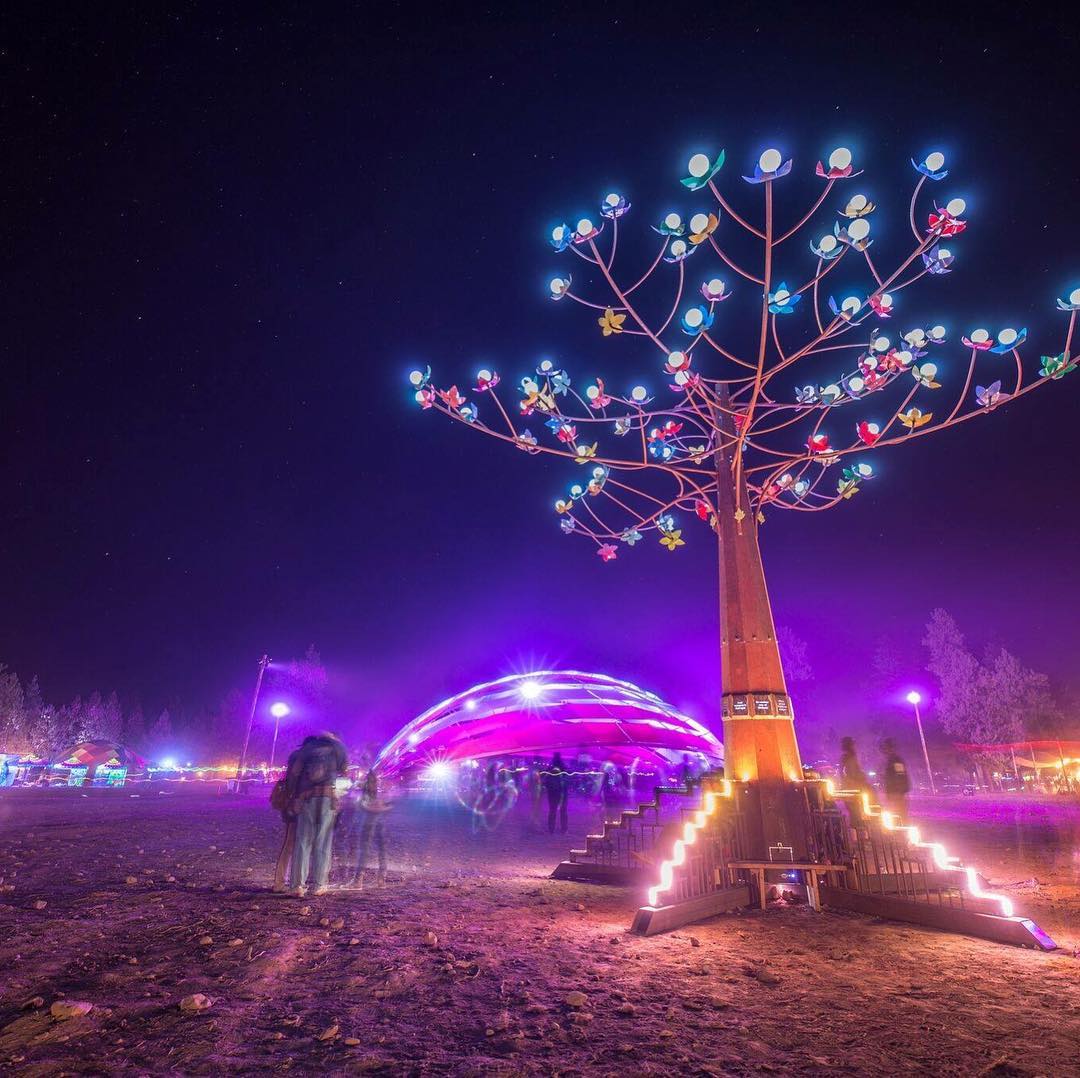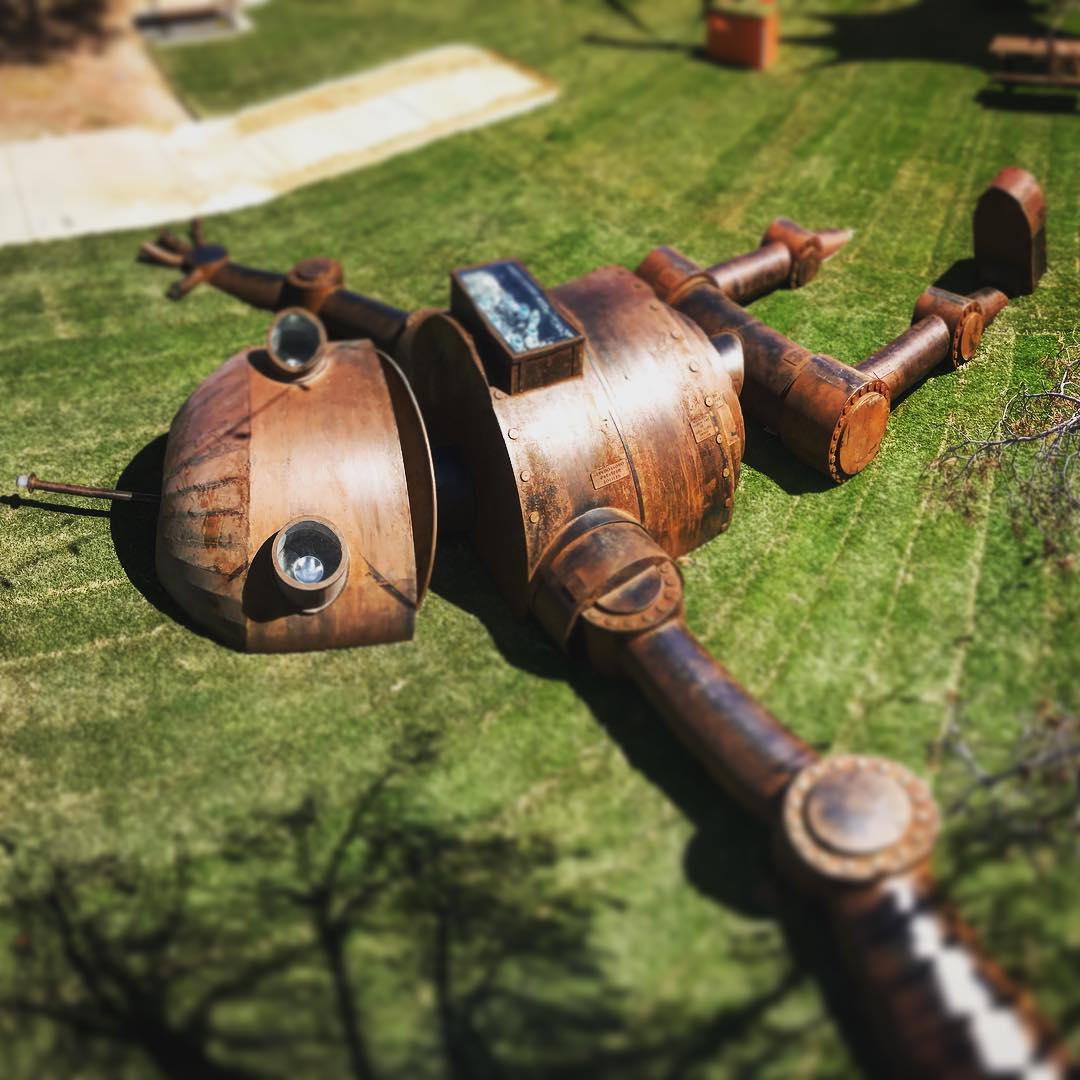The Cosmic Space Worm makes it’s debut! #tylerfuquacreations #cosmicspaceworm #burningman2017 #burningman #tricycle Photo by Jack Hutchinson
BLOG
Candid interviewed Amanda Moniz, Ph.D., the David M. Rubenstein Curator of Philanthropy at the Smithsonian’s National Museum of American History, who is responsible for, “[building] a collection of objects telling stories about Americans’ giving throughout our history.” The museum’s new exhibition, Giving in America, “includes one of the first copies of [the] Foundation Directory.”
“Part of the exhibit is organized around the questions of who gives, why do we give, how do we give, and what do we give, while another thematic section changes annually,” said Moniz. “The current thematic section, “Who Pays for Education?,” examines Americans’ debates over public and philanthropic funding for education.”
“The book featured in the exhibition is a first edition of the Foundation Directory, published by the Foundation Center Library in 1960, and generously donated to the national Philanthropy collection by the Foundation Center. It is a terrific object because it helps illuminate the creation of the Foundation Center to bring greater transparency to foundations’ work in response to mid-twentieth century congressional scrutiny of foundations’ power. The book is also important because it reminds us of the ways people accessed information on foundations before the advent of the internet.”
From the Mellon Foundation: “Rachel Chanoff, founding director of Artists At Work, speaks to the Mellon Foundation about forging a new model for artist-driven community collaborations and why we need artists as problem solvers.”
Chanoff speaks to the uniqueness of this model, “We put the artists on our payroll at a living wage with benefits for up to a year. They’re paid for two things: to make beautiful art and to be embedded in a social impact initiative. Not only are artists the messengers who help us make meaning of the world, they have the most extraordinary ability to bring creative thinking to a problem and help solve that problem.”
The Mississippi Center for Cultural Production (Sipp Culture) serves as an example of this model with their current community-centric projects.
Current GIA board member, Carlton Turner, serves as lead artist/director. “Sipp Culture is able to provide rehearsal space, housing, planning support and can participate as a partner and consultant in the realization of bringing new southern rural stories to the field,” according to the MCCP website. “Through this program Sipp Culture offers artists support which is tailor-made to fit their developmental needs.”
International Deadline: June 10, 2022 – The Holy Art Gallery is launching a new hybrid show where the works will not only be displayed online in a virtual show, but also on 160 screens across London in partnership…
From Hyperallergic: “In response to the COVID-19 pandemic’s effects on the arts and culture sectors, the Seattle Office of Arts and Culture (ARTS) will distribute $2 million to create jobs for unemployed and underemployed artists and cultural workers.”
“’These programs will employ creative workers, demonstrate how they are embedded in the social-economic fabric, and reinforce the fact that Seattle is flourishing and meshing its creatives into its workforce, thereby into its social structures,’ royal alley-barnes, acting director of ARTS, told Hyperallergic in a statement.”
Disassembling the giant robot at OMSI to take him to Las Vegas for the Life is Beautiful Festival. #mechan9 #omsi #lifeisbeautiful
“Last week, we were reeling from the Supreme Court’s leaked decision to overturn Roe vs Wade. People will die, especially Black, Indigenous, Latinx, Asians and NH/PI, and low-income people, because safe abortions will still remain accessible to higher-income mostly white people,” said author Vu. “This week, a white man drove 200 miles to Buffalo and murdered 10 people, most of whom were Black, citing the ‘Great replacement theory’ espoused by many right-wing white supremacists. It is horrifying, and my heart breaks for the families of those who were murdered by this racist terrorist.”
How can funders and philanthropists combat white supremacy within the operations of our sector?
The proposed solutions include:
1. Increase your payout rates
2. Fund organizing work, especially work led by marginalized communities
3. Get political
4. Support movement leaders
5. Knock it off with all the grant application bullshit





